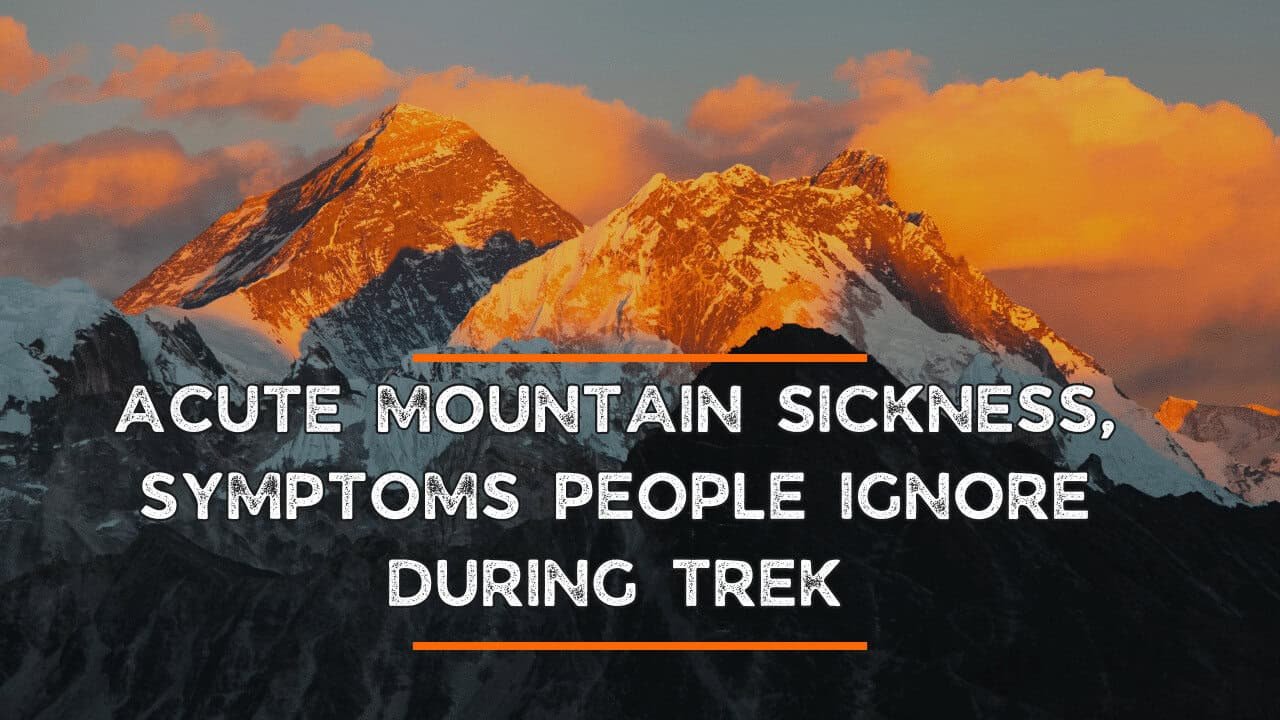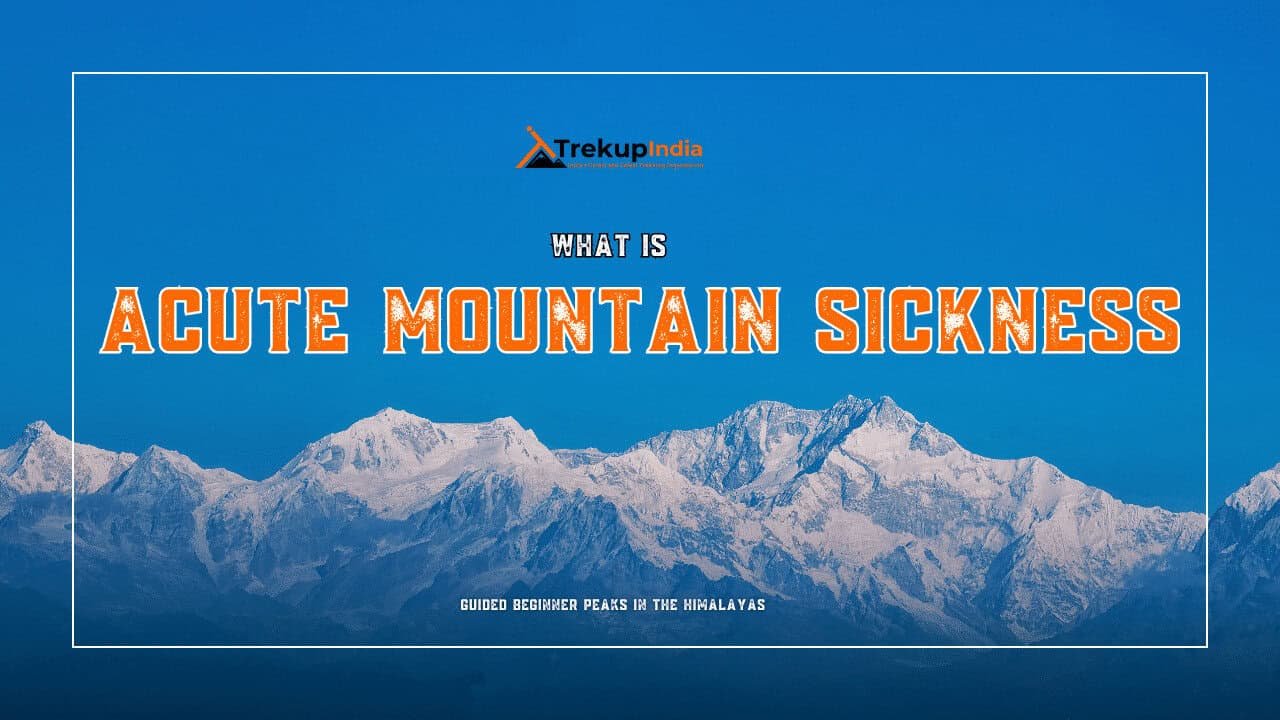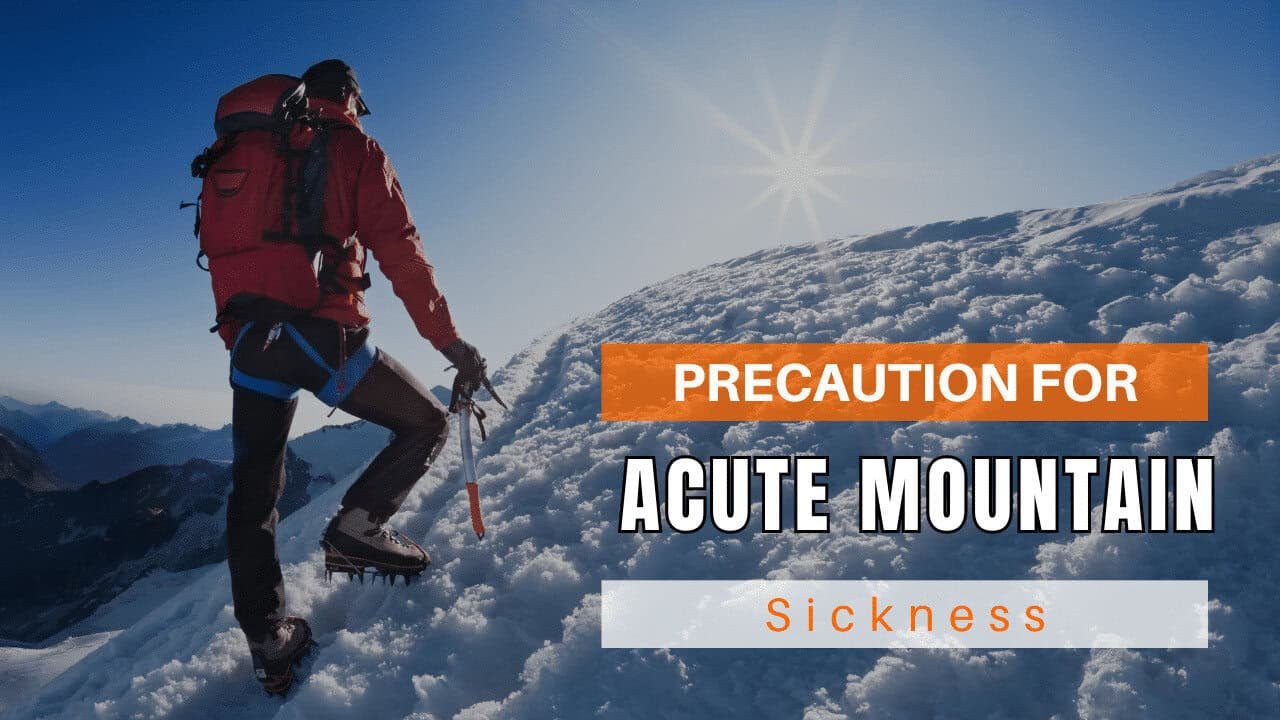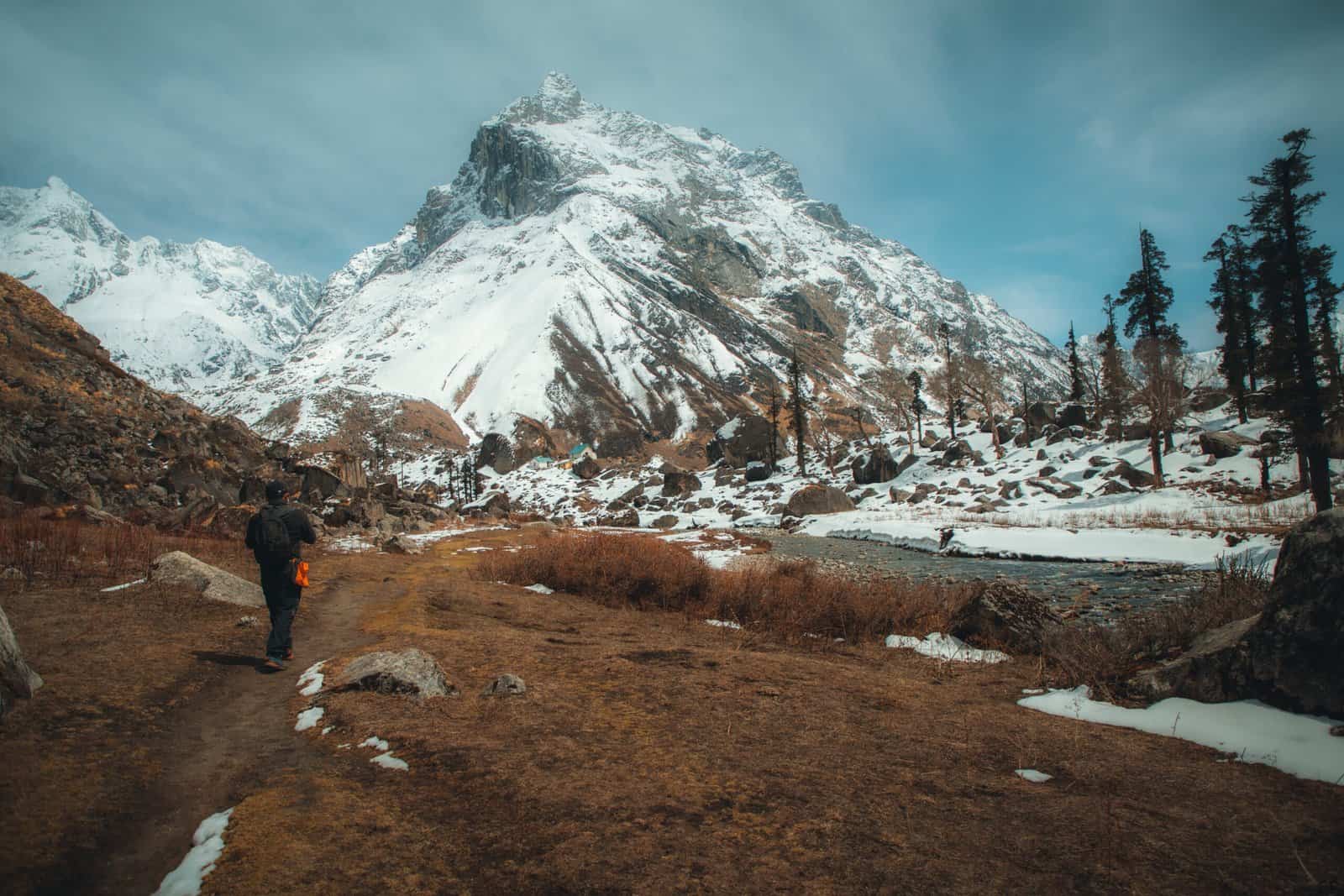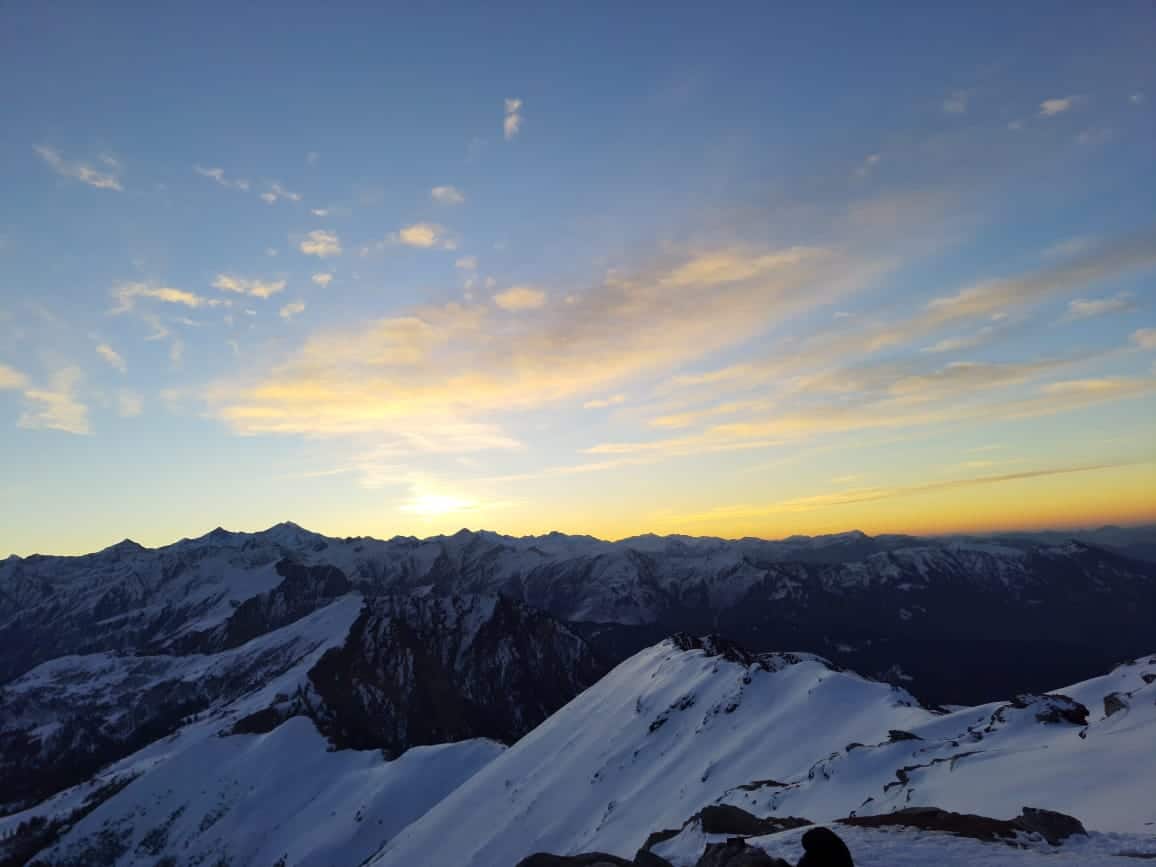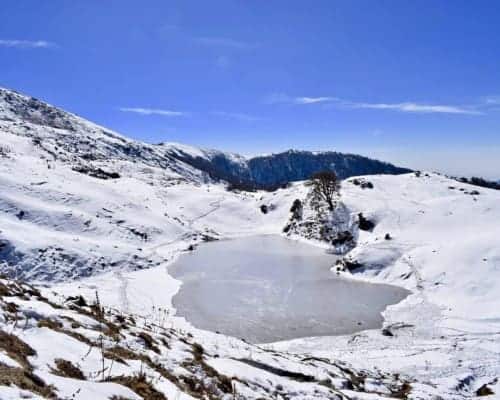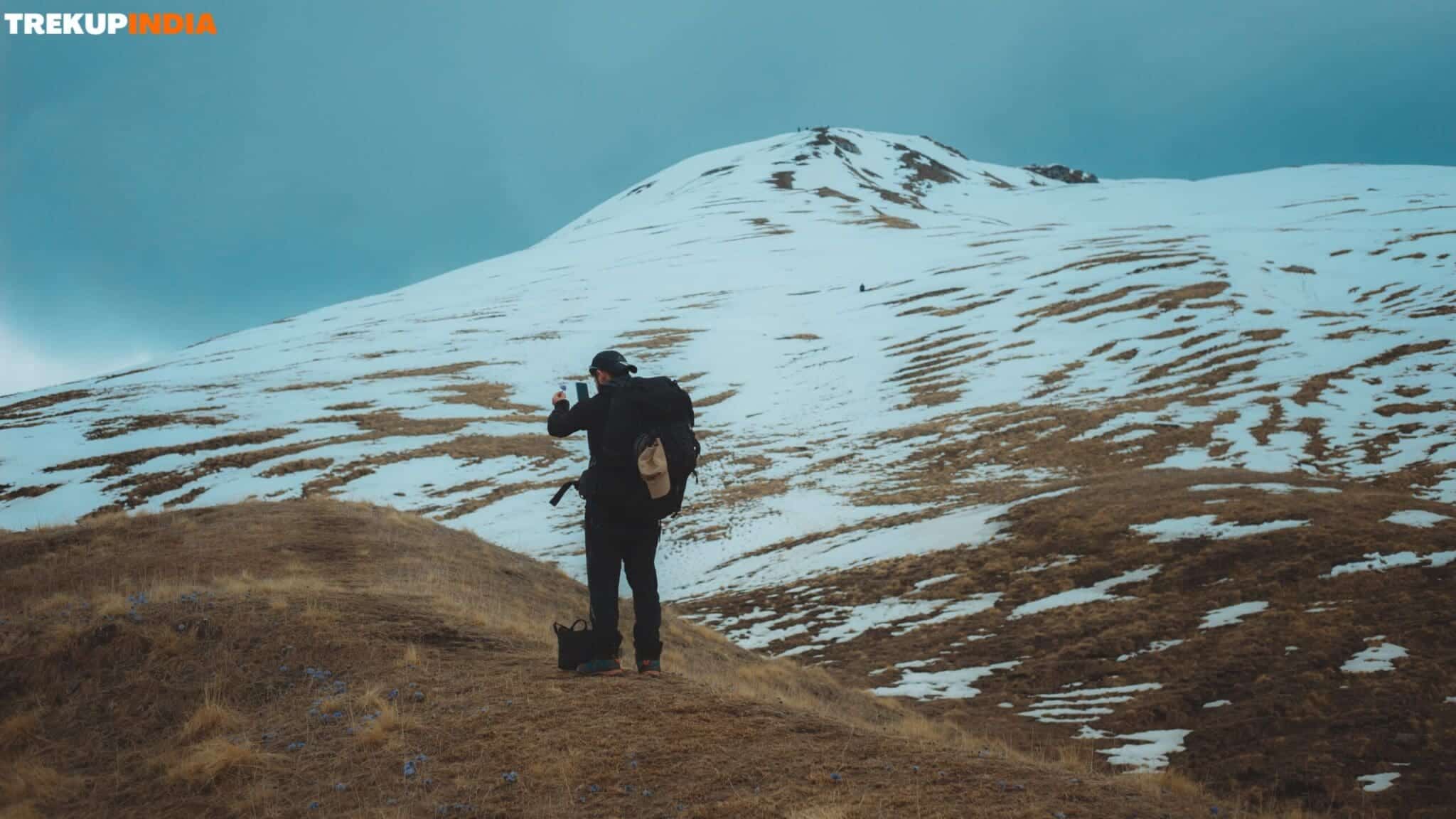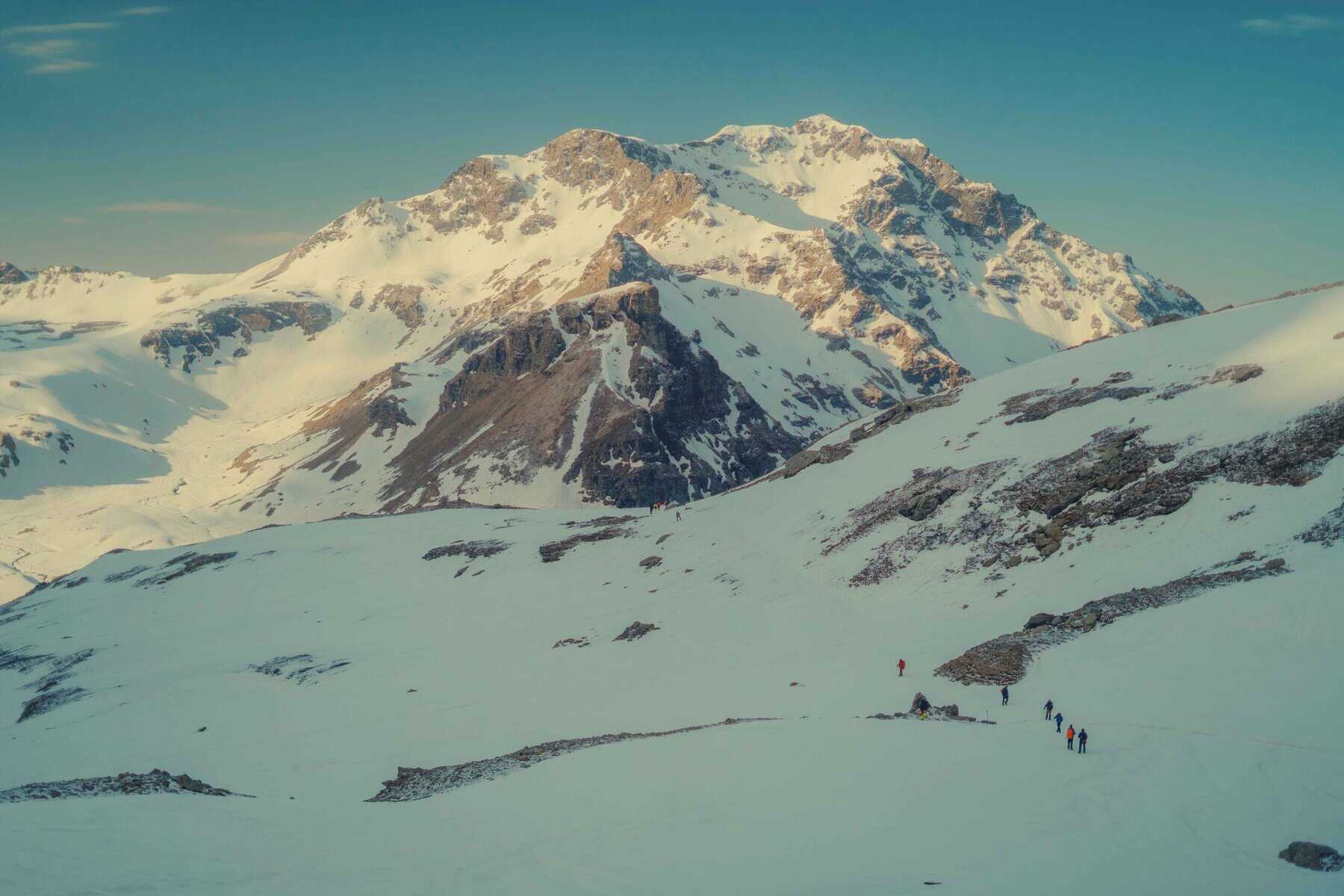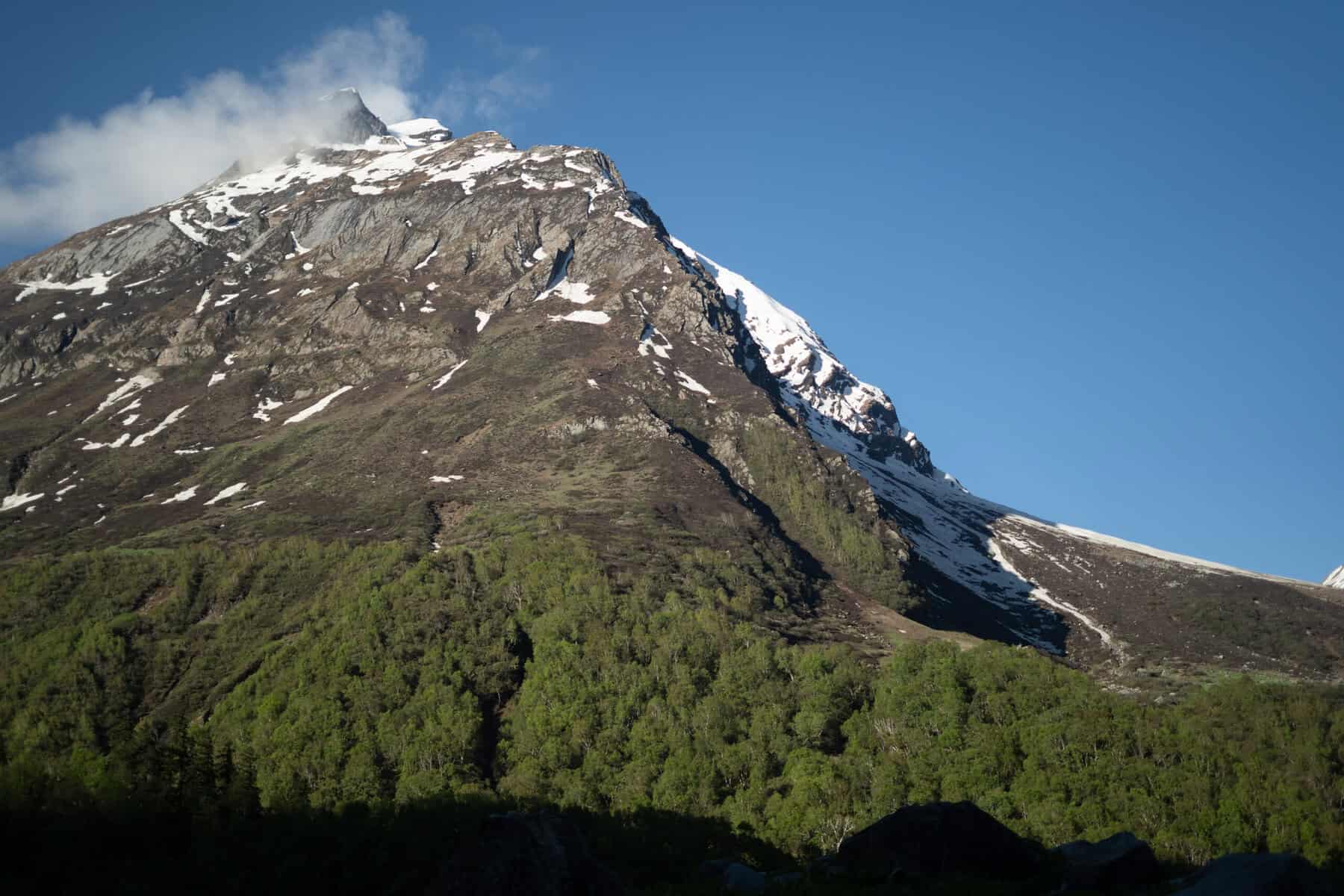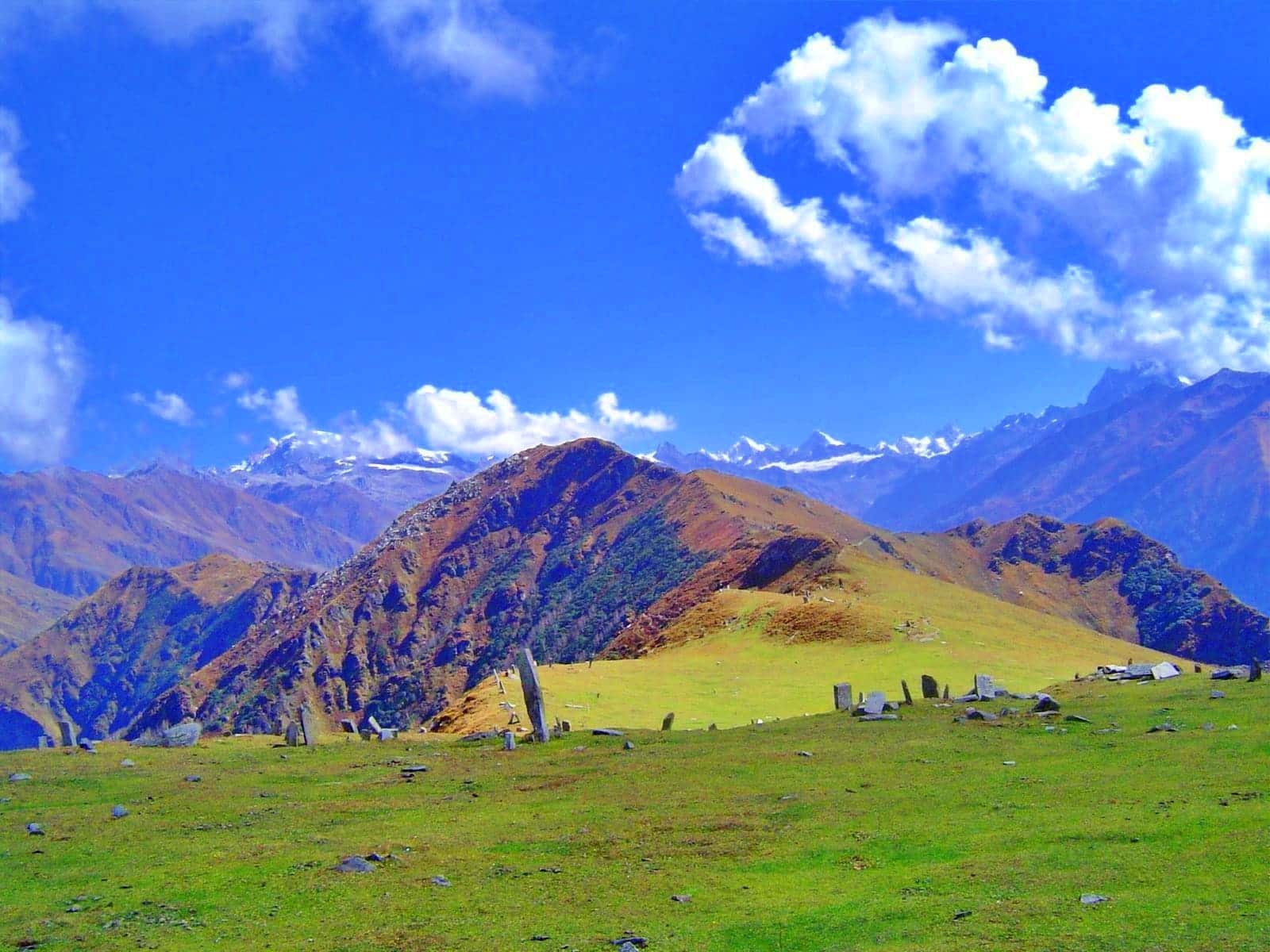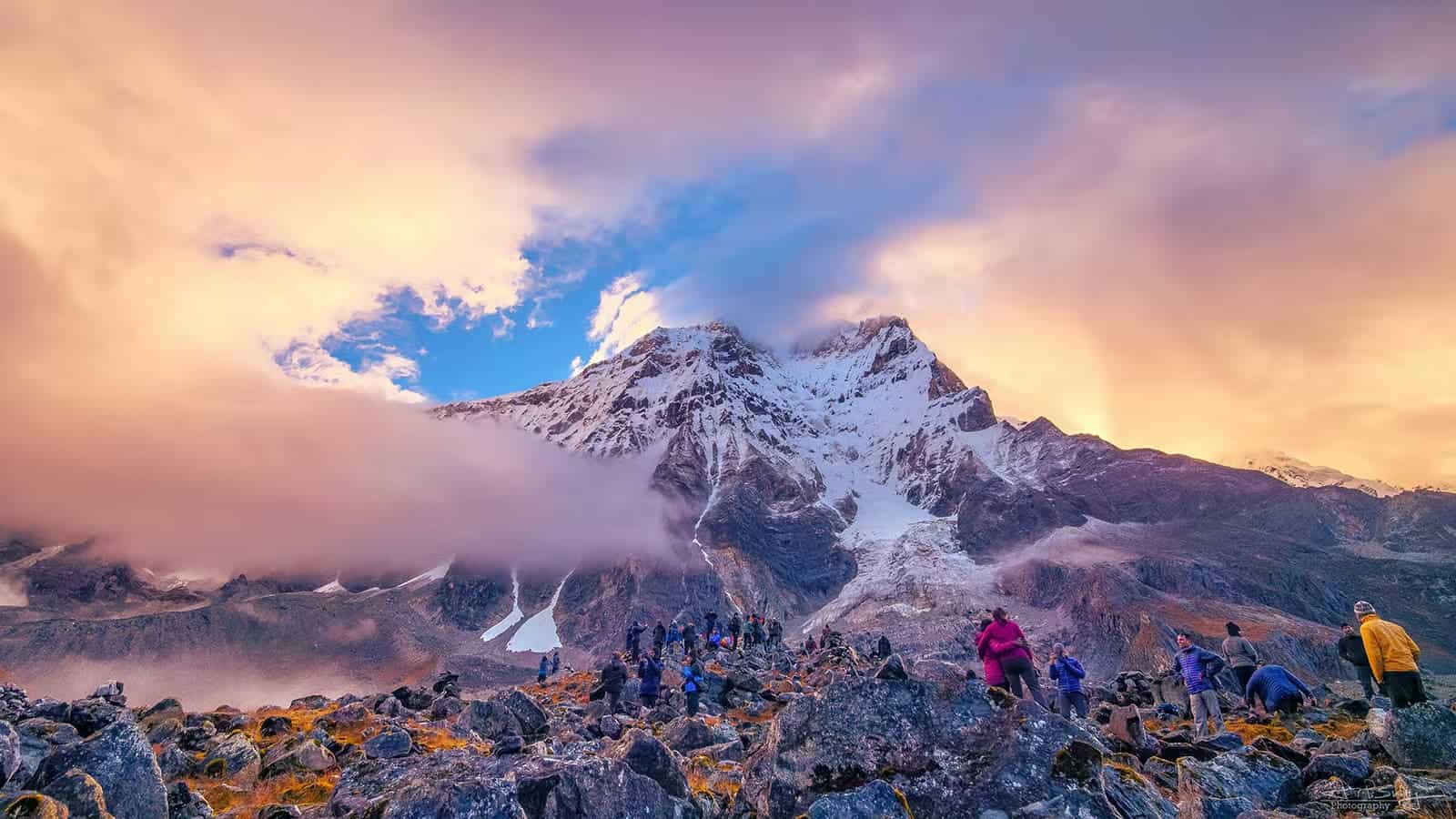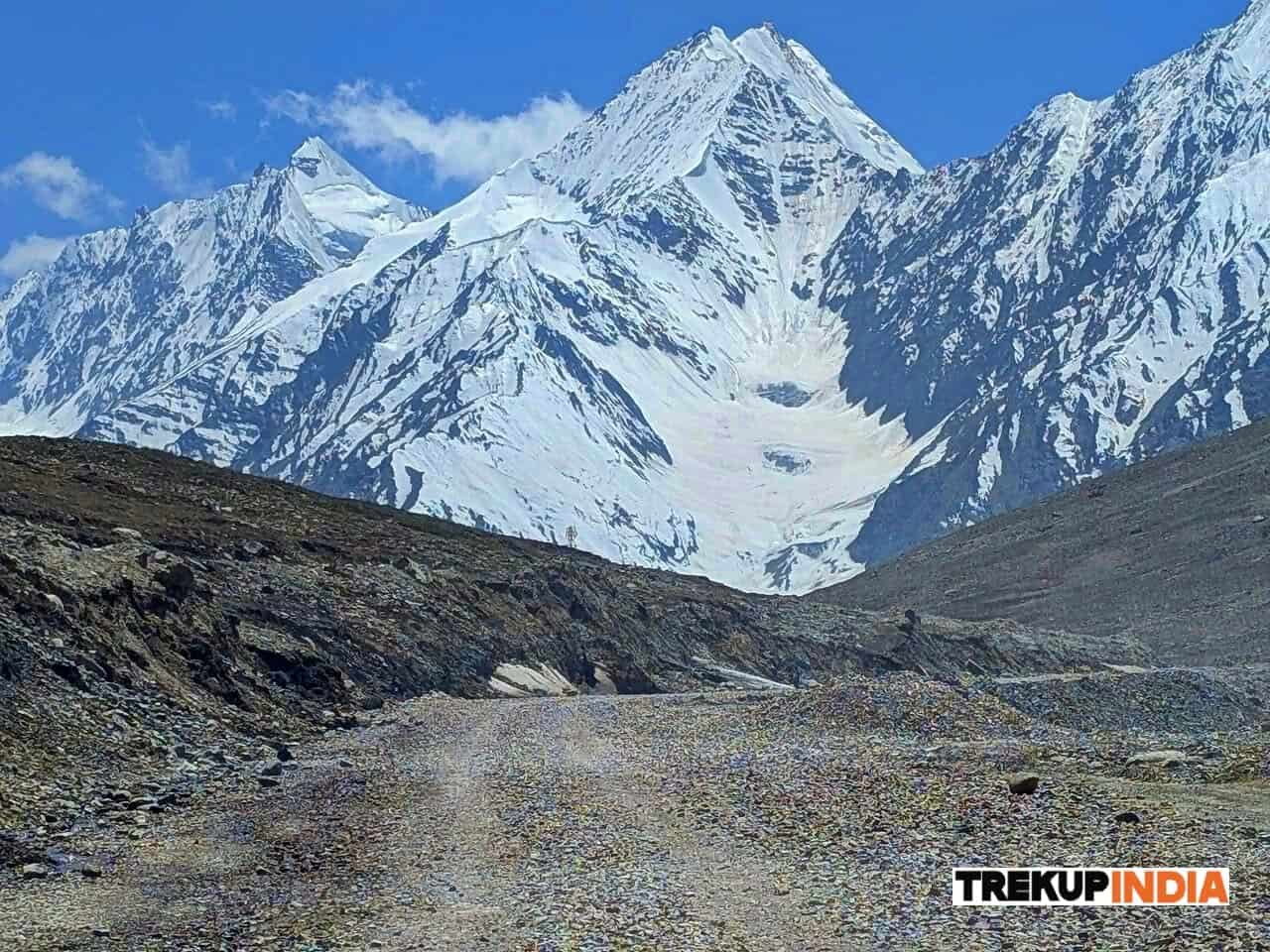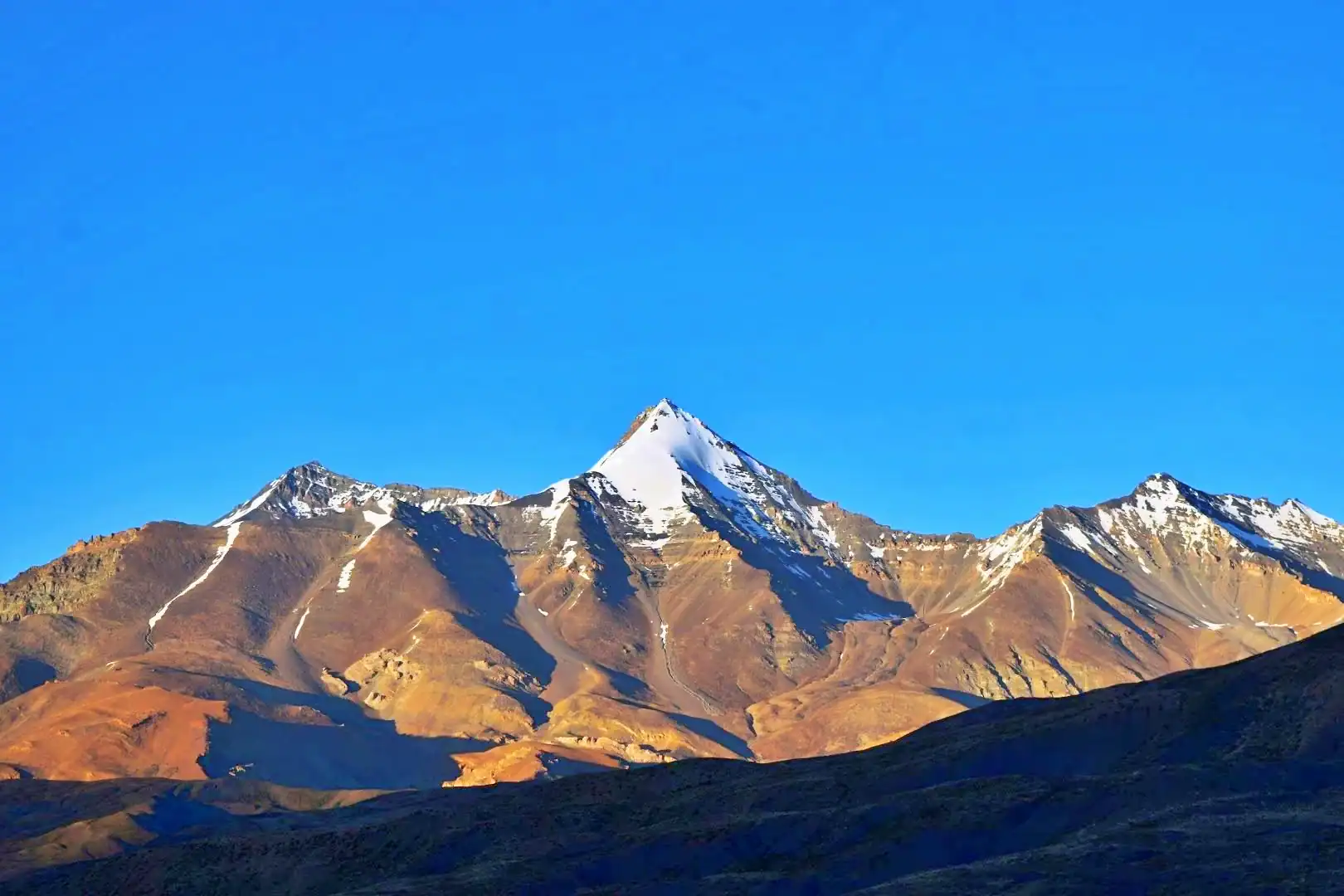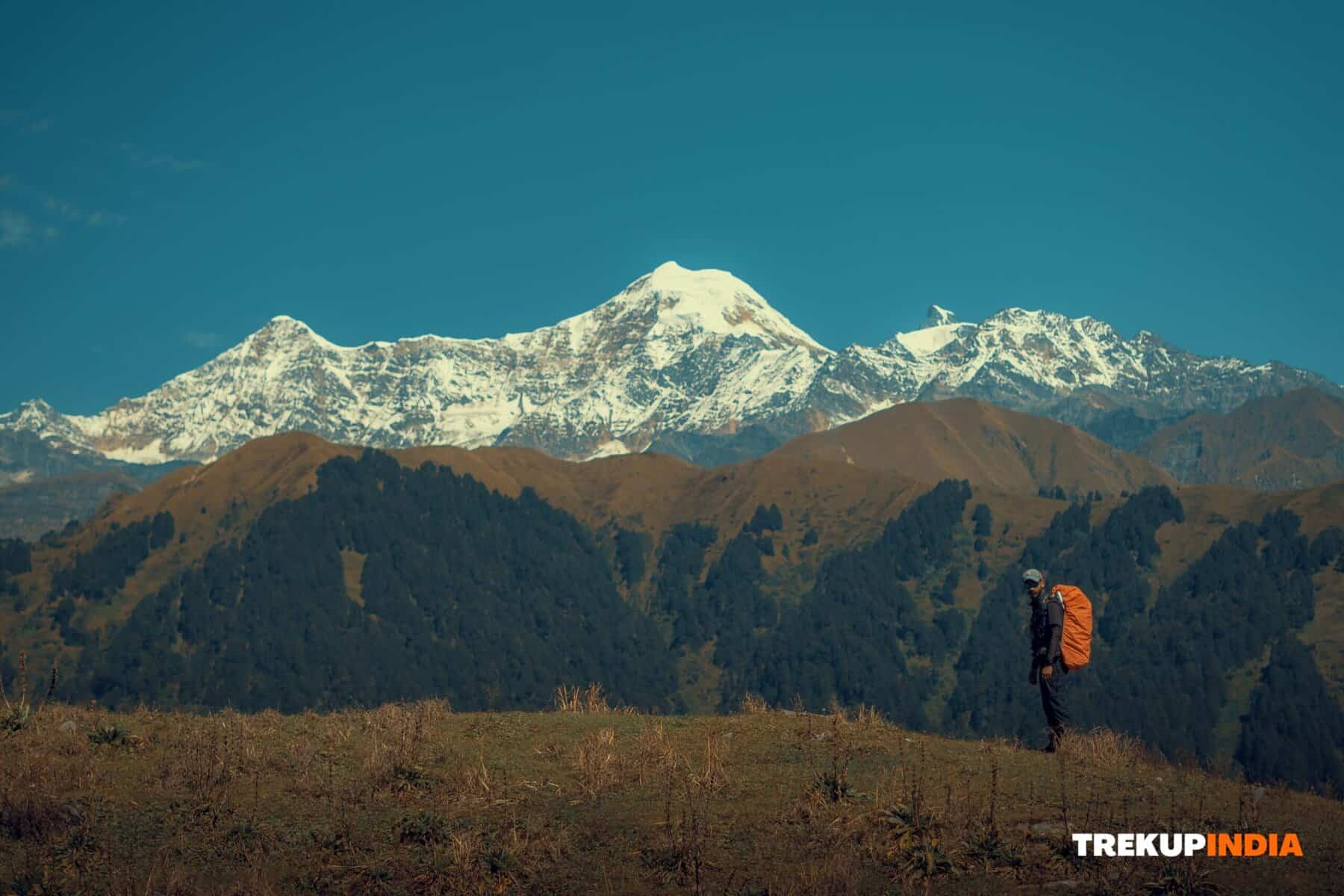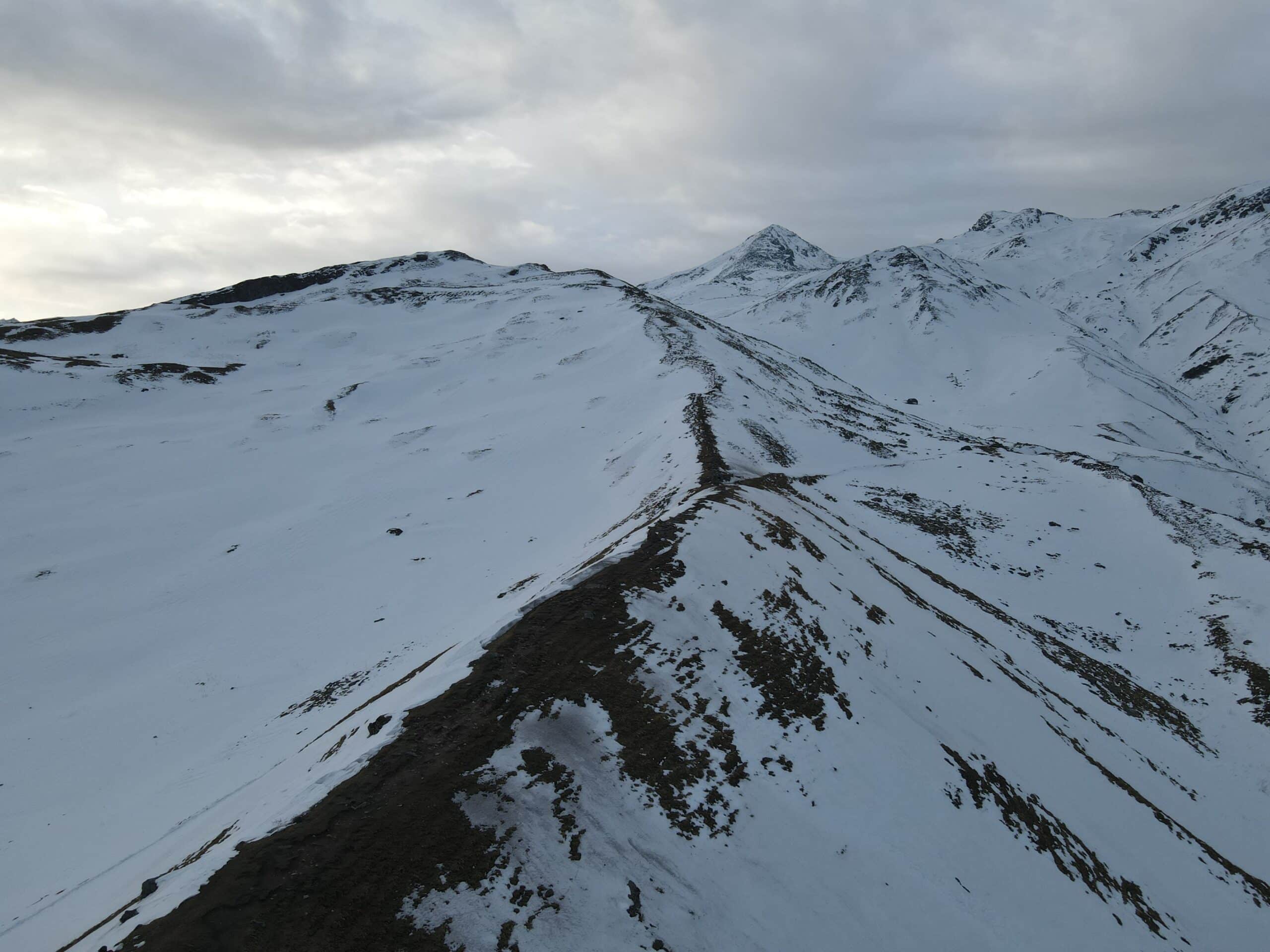Himalayan Culture and Life in the Mountains
The Himalayan Mountains aren’t only about glaciers, snow peaks as well as dramatic scenery. They’re home. The home of vibrant traditions, ancient cultures, as well as some of the most warm and most friendly people you’ll ever meet.
In Trekup India, we are of the belief that the soulbeat of any trek is not only in the route and the scenery, but also in its individuals. Their smiling faces, customs foods, home celebrations, folklore and festivals make the Himalayan trek into a memorable experience.
This is a deeper look into everyday life within the Himalayas and more than 30 hikes in which you don’t simply walk through mountains, you get to meet mountain folk.
What Is Life Like in the Himalayas?
- Simple and hard-working: The locals typically grow their own livestock, eat their food and take long walks to schools or other things to buy.
- Spiritually rich: Life is influenced by the natural rhythms festival, festivals, deities.
- Sustainable in default: Zero waste methods, building materials made of natural as well as organic farming are all part of our daily lives.
- Intensely linked with the land: People are aware of each trail or stream and weather warning.
Where Culture Meets Trail: Treks Where You Meet the Real Himalayas
This is a regional breakdown of treks in which cultural interaction plays a major role in your experience Trekup India.
Uttarakhand: Devbhoomi (Land of the Gods)
- Har Ki Dun – Ruinsara Tal
Villages: Osla, Taluka, Seema
Culture: Garhwali wooden homes, stories of the Pandavas - Gaumukh Tapovan
Region: Gangotri
People: Sadhus, porters, Gangotri residents deeply rooted in Ganga worship - Valley of Flowers & Hemkund Sahib
Villages: Ghangaria
Culture: Sikh pilgrim hospitality, Pahadi food - Kedarkantha Trek
Region: Sankri belt
Villages: Kotgaon, Sankri
Culture: Winter migration life, wood-crafting locals - Kuari Pass via Auli Villages
Culture women weaving shawls Gharwali folk music, village temples - Pangarchulla Peak Trek
Region Chamoli
Culture The Chamoli culture is peaceful forest villages as well as high-altitude shepherds - Satopanth Lake Trek
Mythology: Tridev (Brahma, Vishnu, Shiva) meditated here - Dodital Darwa Pass
The Angler Villages: Culture and Ganesha legends. Ganesha mythology - Nag Tibba Trek
Region: Near Mussoorie
Culture: Goat herders, traditional terrace farming - Chopta Chandrashila Chopta – Chandrashila Tungnath
The highlights the world’s tallest Shiva temple prayer flags, prayer flags and priests from the Kedarnath lineage
Himachal Pradesh: Temples, Apple Orchards, and Tribal Trails
- Kinnaur Kailash Parikrama
Culture: Kinnauri tribes, Buddhist-Hindu fusion, ancient monasteries - Buran Ghati Trek
Villages: Janglik, Barua
Cultural Traditions: Ancient Himachali houses, agricultural practices as well as folk dance - Hampta Pass Trek
Culture Routes of shepherds are crossed, communicate with Gaddi tribes - Pin Bhaba Pass Trek
Region: Kinnaur to Spiti
Cultural Transition: Hindu Kinnaur to Buddhist Spiti - Indrahar Pass Trek
Base: Dharamshala
Culture: Tibetan Buddhist community and Gaddi villages - Kareri Lake Trek
Cultural Villages in Kangra Traditional Himachali stone temples - Deo Tibba Base Camp Trek
Region: Manali
Mythology The Manali Mythology is sacred to Lord Indra local customs in the base - Tirthan Valley Treks (Rolla, Serolsar, etc. )
Cultural: Seraj Valley folklore, community fishing for trout - Shali Tibba Trek
Region: Mashobra
Culture Apple-farming and temples in the countryside families
Spiti Valley: Buddhism, Monasteries & Martian Landscapes
- Pin Parvati Pass Travel
The culture Change from an arid Parvati to dry Pin valley, Buddhist monasteries - Spiti Village Trails (Langza, Komic, Hikkim)
Highlights Engage with monks, fossil hunters, and even the top-ranked post office in the world. - Chandratal Lake Trek via Kunzum Pass
Culture: Local shepherds and Buddhist offerings at Kunzum Devi temple
Ladakh: Monks, Nomads, and the Land of High Passes
- Markha Valley Trek
Culture homestays within Rumbak, Skiu, and Hankar
Rich with Prayer Wheels, Ladakhi kitchens, and Dzos (yak-cow hybrid) - Stok Kangri Base Camp Trek
Culture Monasteries located in Stok village and conversations with monks from the local area. - Chadar Trek (Frozen Zanskar River)
People: Zanskari locals guiding through frozen ice. Himalayan living - Tso Moriri Lake Trek
Area: Changthang
People: Nomadic Changpa herders with pashmina goats - Lamayuru Alchi Monastery Trail
Traditions: ancient Buddhist texts, celebrations, as well as traditional gompa meals.
Jammu & Kashmir: Sufi, Shepherds & Alpine Grace
- Kashmir Great Lakes Trek
Villages: Sonamarg locals and Gujjar shepherd camps
Culture: Kashmiri hospitality, local song, and kahwa. - Tarsar Marsar Trek
Culture interactions with shepherds as well as the traditional Kashmiris - Naranag Naranag Mahlish Trek
Cultural: Ancient temples as well as stories about mystics - Tulian Lake Trek (from Pahalgam)
Culture: Pony-wallahs, and Bakarwal nomadic tribes
Locals You'll Meet on These Treks
- Gaddi shepherds are found all over Himachal as well as Uttarakhand Moving with their flocks throughout the year.
- Kinnauri & Spitians: Deeply spiritual, mixing Tibetan Buddhism with mountain life
- Gujjars and Bakarwals are nomadic Muslim tribes of Kashmir and Uttarakhand
- Changpas, nomadic herders in Ladakh well-known for Pashmina wool
- Village elders and women Custodians of oral histories as well as local craft
Cultural Experiences You Can Expect
- Local cuisine: Siddu, Mandua roti, Thukpa, Tsampa, Kahwa
- The stories of the kitchen: meals prepared on stoves that are wood-burning, and shared by the love of your life
- Monasteries and temples in villages Aartis at night or the chants
- Folk music nights: Garhwali, Himachali, or Ladakhi performances
- Camps, homestays, and eco-camps: Rest in authentic homes with families from the real world
- Crafts: See knitting with wool, handcrafted wool shawls and the construction of a mud-house
Trekup India's Commitment to Local Culture
- Support staff of 80%+ recruited locally
- The options for accommodation include eco-villages as well as homestyling
- Encourage “Earn through Trekking” model in remote regions
- Inform trekkers about respecting traditional customs in the area and eco-sensitive zones
About Author

Preetam Singh Rawat (Founder)
The person behind this trekking organization is someone who’s spent over a decade – 12 years, to be exact – living and breathing the mountains. With multiple high altitude summits under his belt (we’re talking 6000 to 7000 meter peaks), he’s not just experienced – he’s the real deal.
But what really sets him apart is the sheer number of treks he has guided. He has led over 200 Himalayan expeditions, including well known routes like Bali Pass, Buran Ghati, Rupin Pass, Pin Bhabha, Stok Kangri, and Black Peak. Not just once, but multiple times. So yeah, when it comes to the Himalayas, he knows every twist in the trail and every story the mountains have to tell.
Got questions or want to get in touch? Write to Preetam at preetam@trekupindia.com. He’s always happy to chat about treks, answer your questions, or help you prepare for your next big adventure.
Share this article
Dates For Upcoming Treks
Want To Trek Like Pro?
Basically, watch these videos if you want to trek the same way professional trekkers do and make your skills better. These videos contain useful tips and techniques to further improve your trekking skills itself. These videos actually help both new and experienced trekkers improve their trekking skills. These videos definitely provide useful tips that make your trek better. We are seeing that these videos by Trekup India experts will only help you make your trekking skills better.
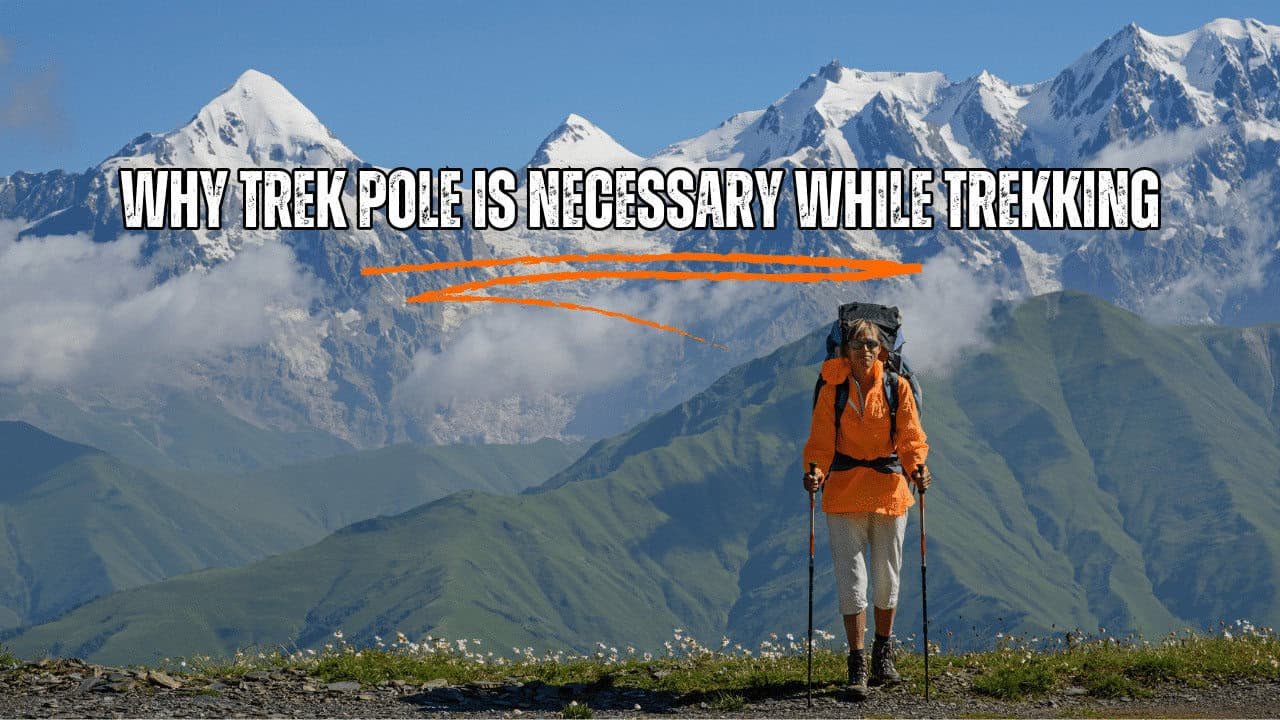
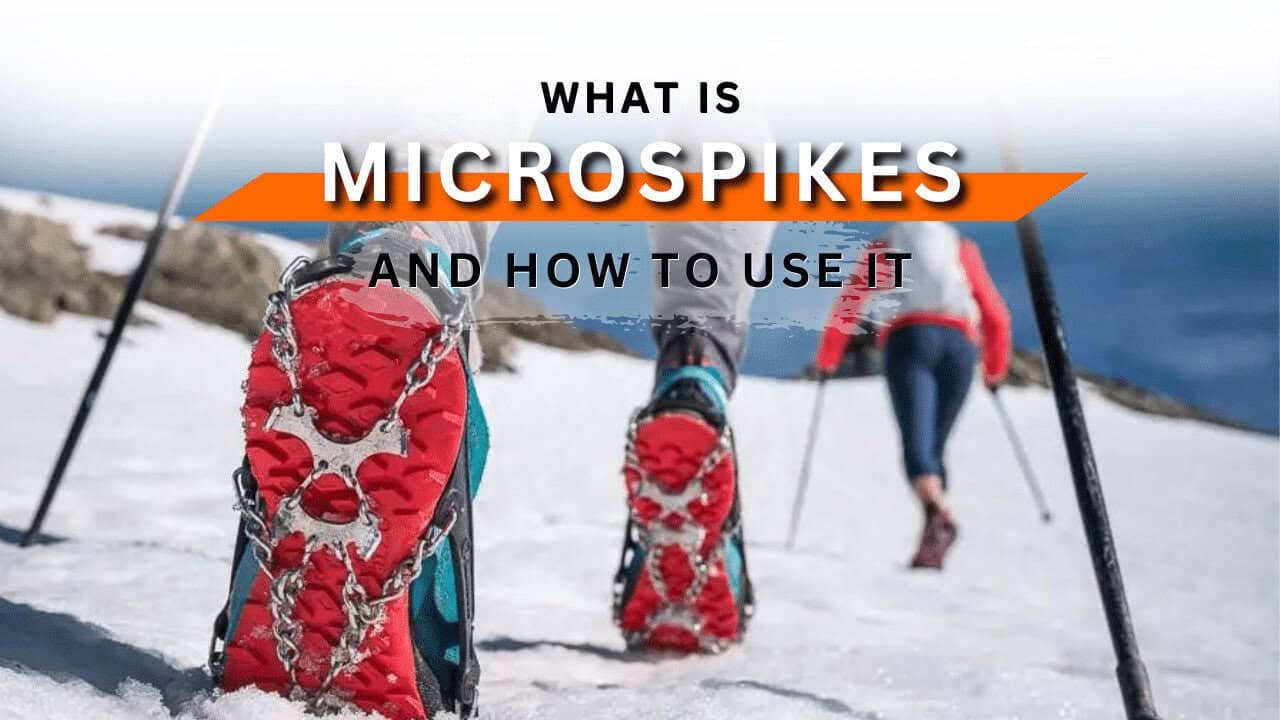

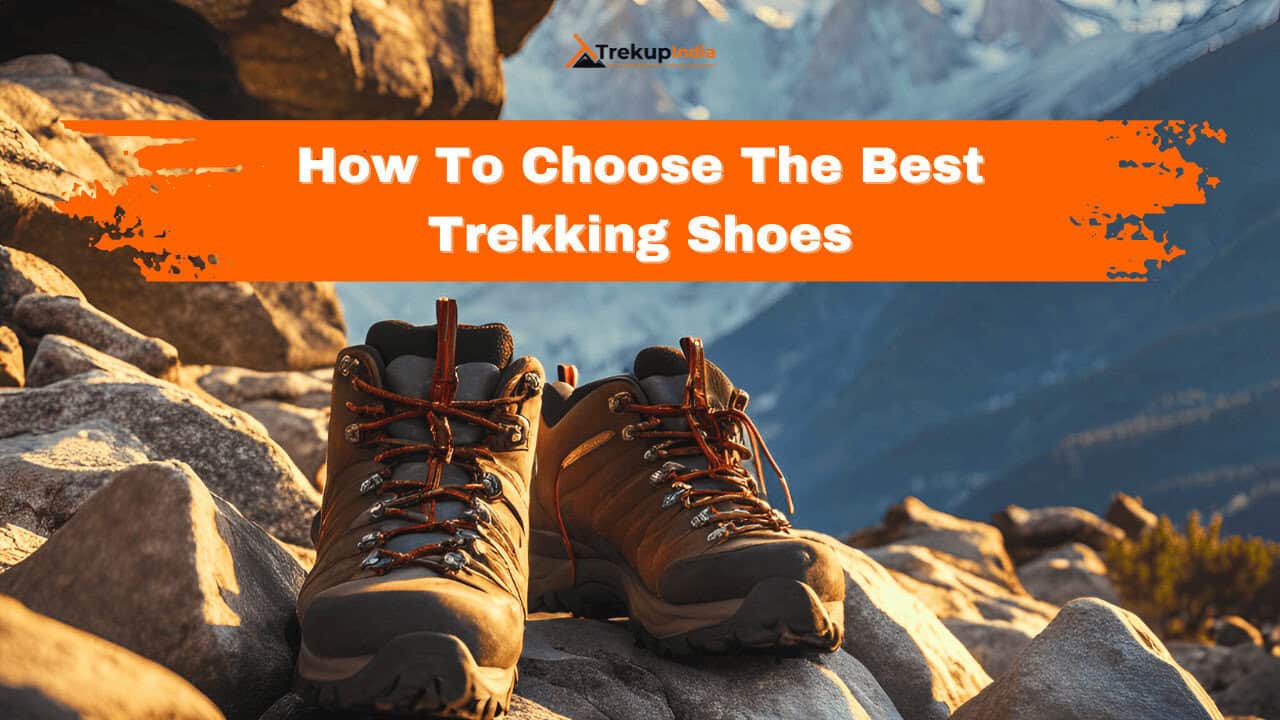

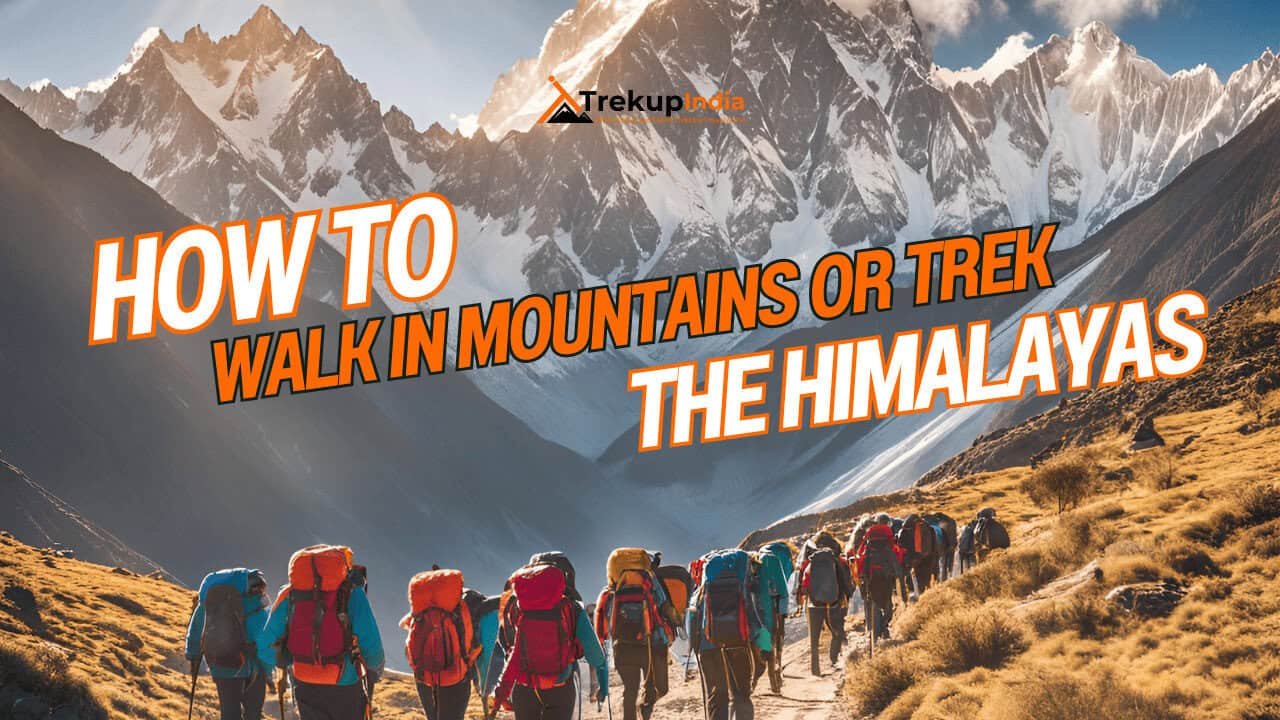

Know Everything About Acute Mountain Sickness
Acute Mountain Sickness occurs when people trek to high altitudes above 8,000 feet. This condition itself develops further due to reduced oxygen levels at such heights. Basically, as you go higher up, the air pressure and oxygen levels decrease, which causes the same problem. Acute Mountain Sickness surely causes headache, nausea, vomiting, and dizziness in affected persons. Moreover, peoples also experience difficulty in sleeping during this condition. To avoid mountain sickness, you should actually trek up slowly to higher altitudes. To learn further about this condition itself, watch the videos by Trekup India.
